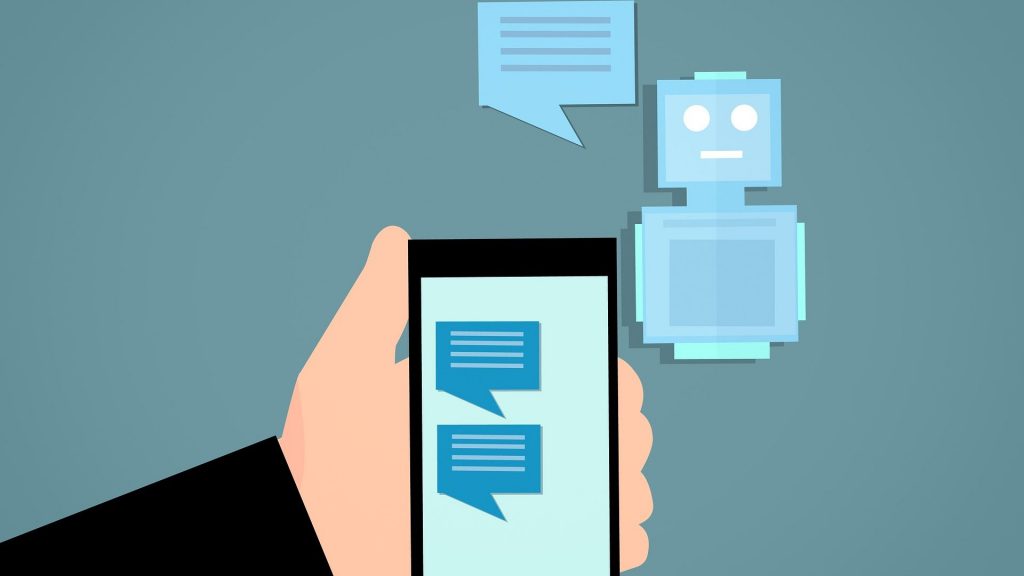To everyone’s great relief, COVID-19 vaccines are already being deployed. Their development took months of diligent work by numerous professionals and their completion is an achievement in itself. But now the world is faced with a new logistical challenge: getting the vaccine doses distributed. Given their number, the conditions under which they must be stored, and other factors, the process will require many parties working together to ensure they can be used as quickly as possible.
Just as technology has been supporting tracking, tracing, and treating efforts throughout the pandemic, it will now help in the effort to distribute the vaccine. Entities involved include scientific organizations, government agencies, software developers, software testing outsourcing companies, and many more. The following tasks are just a few that will benefit from technological assistance.
Efficient Distribution
Customer relationship management (CRM) software provider Salesforce is helping agencies to equitably distribute the vaccine in countries across the globe. On a smaller scale, Salesforce has created a system to help the city of Chicago manage its distribution efforts. This system may be used within other local governments as well.
Geographic information system (GIS) mapping software is being used to find the right people at each stage of the vaccination rollout. For example, it can locate front-line healthcare workers during the initial phase, nursing home residents in the next phase, and so on. This type of application can also be used to bring the vaccine to populations that have less access to medical facilities, such as those in rural or tribal communities.
Public Health Tracking
One important aspect of the vaccination rollout is tracking who has been vaccinated. According to Axios, database platform provider Oracle “donated a national electronic health record database and public health management applications to the federal government that can be used to detail who has been vaccinated and track any potential side effects.” The company is working to bring the system to other countries as well.
The CDC has created a texting system that enables those who have been vaccinated to report side effects. The system prompts vaccine recipients after each dose to ask about effects that may be impairing their regular activities. If professionals at the CDC detect a pattern, they can follow up to study whether the effect is related to the vaccine.
Vaccine Management
As has been widely discussed, the Pfizer vaccine requires storage at extremely low temperatures. Therefore, transporting doses requires special freezers. According to Time, “Every box is equipped with a GPS beacon, a temperature monitor, and a barcode that’s scanned upon receipt.” If anything is off, officials are alerted immediately of the problem.
To accommodate this need, “FedEx is using a new monitoring program…which uses historical data around FedEx’s routes, weather and mapping data, and analytics capabilities to expedite delivery.”
Additionally, each vaccine requires two doses — one given initially and another two weeks later. To help manage these and other needed measures, IBM has provided technologies to help authorities record and authenticate individual vaccine dose temperatures. It has also delivered supply chain management software. Microsoft and Google are also working on vaccine management efforts.
Supply Chain
To keep track of vaccine movement, the U.S. government created a software platform, Tiberius, which enables various agencies to track the shipment. The software reveals how much vaccine is available and determines how many doses can be distributed each week.
A MobiHealthNews article explains that, beyond just shipping, distribution organizers are concerned about vaccine doses being stolen or counterfeit en route. It explains that blockchain technology can help with the effort to prevent it: “One functionality of blockchain is helping with supply chain integrity at various touchpoints. Therefore…blockchain has the potential to track the vaccines and make sure they haven’t been compromised.”
Blockchain technology can enable healthcare workers to see data about the path the vaccine has traveled to arrive at its final destination.
Information Sharing
Social media companies Facebook and Twitter are contributing by posting reliable information about the vaccines and blocking misinformation about them. That’s good news, because, according to The Washington Post, “on social media, false theories about the vaccines’ dangers and conspiracies about the government’s plans for it are multiplying.” Those conspiracies include the untrue claim that the vaccine contains tracking microchips.
Google is also participating in this effort by using its search function to offer information about vaccines as they become authorized, including facts about them and guidance on how to get vaccinated. Google is also working to remove misinformation from its platforms.
Additionally, several companies, including IBM, are developing a “digital health pass” that can be used in situations (such as travel between countries) in which people are required to provide proof of vaccination.
In Summary
The COVID-19 pandemic has been incredibly challenging for people all over the world. The arrival of vaccines to help combat the disease is great news but many challenges lie ahead. The technology companies that are part of our everyday lives are now also working in many ways to ensure this critical medication gets out to everyone who needs it.

